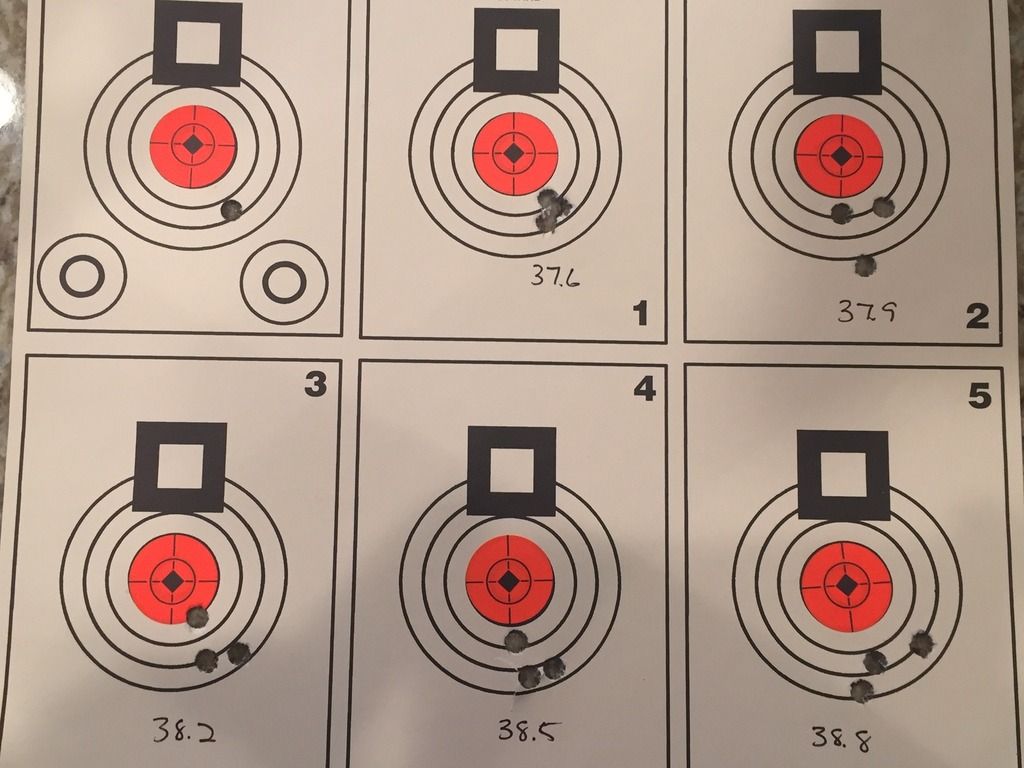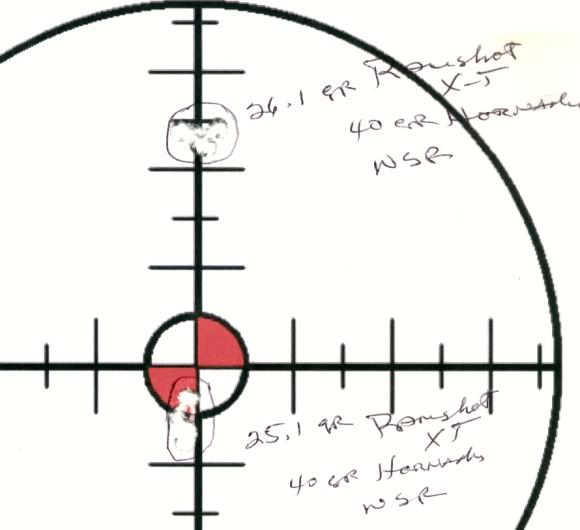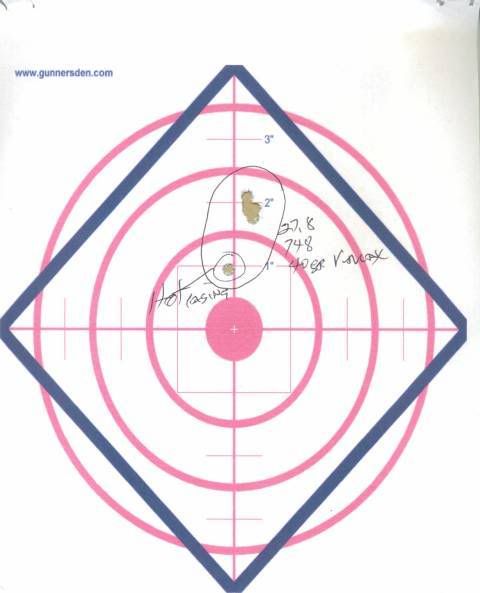Thank you for the replies thus far. Here is where I am at and what prompted my question. I have been reloading for about 5 years. As mentioned in my OP I generally load 3 or 5 rounds of the same charge weight covering the spread of published min/max load data in .3 or .5 grain increments and shoot groups at 100 yards and pick the best one or two, refine the powder charge a little more, shoot more groups, pick the one I like then try to confirm it with a 10 round group.
Lately I have thought it would be cool to try a more "advanced" loading method trying to (over)analyze what the bullets and barrel are telling me based on hits on the target. I say "(over)analyze" because I admit I do not understand the physics/science behind all of this so the jury is still out in my mind if all of this is worth the trouble and if the load/barrel harmonics etc...actually tell me anything.
I did a ladder test over the weekend at 550 yards with my .260 Remington. I loaded up 1 round at each powder charge from min to .1 over max in .3 grain increments. I know this is not exactly what you do in a ladder test but read this method on a reputable forum. I took the range of hits that had the least amount of vertical dispersion and bracketed loads around them and re-shot at 100 yards in 3 shot groups. The target below are the results of the 100 yard shooting.
In the past I would have taken 37.6 and called it good. In (over)analyzing I did not like that at .3 grains above this charge the group opened up a lot (37.9). When I look at 38.2 and 38.5 the groups are almost twins in terms of how they grouped on the target, which suggests to me perhaps this is a more stable powder range for this load combo. and warrants further testing with finer powder charges and playing around with seating depth.
Thoughts? Is there real science behind this or not?
If it is important to the discussion here is the load info:
.264" Lapua Scenar 139 gr
IMR 4451 Powder
Federal Match Primers
Seated .020" off the lands
26" Criterion barrel
Lapua Brass






